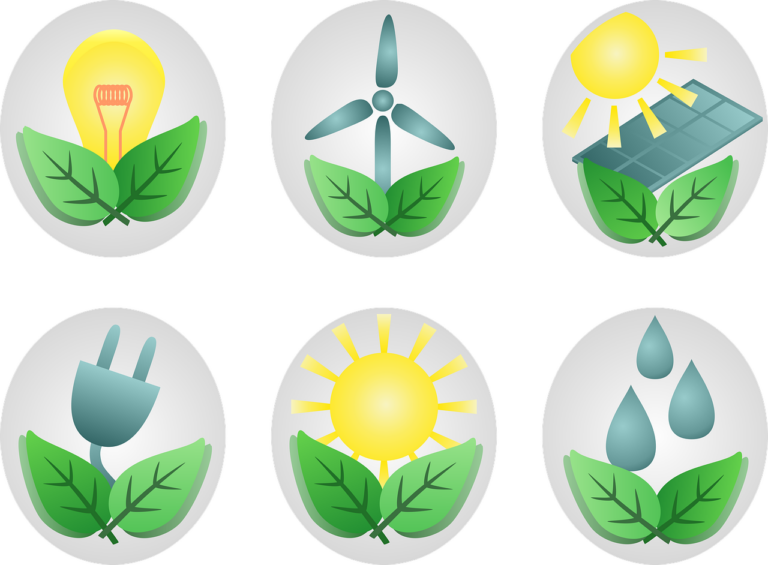
Geneva: The per capita income in low- and middle-income economies, adjusted for inflation, almost tripled, from US$ 1,835 to US$ 5,337 between 1995 and 2023; in comparison, global per capita income increased by approximately 65 per cent, from US$ 7,050 to US$ 11,570, according to the World Trade Report 2024, released here by the World Trade Organization (WTO).
The membership in the WTO and its predecessor the General Agreement on Tariffs and Trade (GATT) boosted trade between members by an average of 140 per cent, while economies that undergo rigorous WTO accession negotiations are shown to grow 1.5 percentage points faster during their accession period.
From 1996 to 2021, a high trade share in GDP was significantly correlated to faster growth in low- and middle-income economies, converging to the level of GDP per capita in high-income economies. This unprecedented income convergence was associated with a steep increase in the participation of low- and middle-income economies in international trade, the report said. It revealed that between 1995 and 2022, the share of low- and middle-income economies in global trade grew from 21 per cent to 38 per cent, while the share of trade between developing economies in world trade almost quadrupled, increasing from 5 per cent in 1995 to 19 per cent in 2021.
However, the report, released on September 9, 2024, noted that this convergence process has slowed since the global financial crisis, as the average share of trade in GDP of low- and middle-income economies has remained relatively constant. Economic convergence even went into reverse during the COVID-19 pandemic, which hit growth in poorer economies hardest.
“Timely trade monitoring, along with an effectively functioning dispute settlement mechanism accessible to all members, is also crucial for achieving a more inclusive WTO,” it stated.
The report highlighted trade’s role in supporting inclusiveness, and analysed trends in the distribution of the gains of trade among people within economies. It emphasised the need for a comprehensive strategy that integrates open trade with supportive domestic policies and presented “strong” evidence that trade played a crucial role in narrowing the income gap between economies since the WTO was established 30 years ago.
“Perhaps the biggest takeaway from the report is its reaffirmation of trade’s transformative role in reducing poverty and creating shared prosperity — contrary to the currently fashionable notion that trade, and institutions like the WTO, have not been good for poverty or for poor countries, and are creating a more unequal world,” WTO Director-General Ngozi Okonjo-Iweala says in her foreword to the report.
“But the second biggest takeaway is that there is much more we can do to make trade and the WTO work better for economies and people left behind during the past 30 years of globalization,” DG Okonjo-Iweala says.
The analysis further suggested that trade cost reductions between 1995 and 2020 led to a 20 to 35 per cent faster income convergence of low- and middle-income economies with high-income economies.
Contrary to common belief, the report found a weak correlation between trade openness and within-country income inequality, based on a comparison of the 2021 Gini inequality index and the trade openness index of 157 economies. While income inequality remains high it is not systematically linked to trade and import competition.
The report also highlighted challenges, noting that many economies with weak trade participation and high commodity dependence had been left behind.
Between 1996 and 2021, low- and middle-income economies that grew slower than the average high-income economy in income-per-capita terms represented 13 per cent of the global population and were mainly in Africa, Latin America and the Middle East. Low- and middle-income economies that have lagged behind generally tend to engage less in international trade, receive less foreign direct investment, rely more on commodities, export less complex products, and trade with fewer partners.
“Less trade will not promote inclusiveness, nor will trade alone,” WTO Chief Economist Ralph Ossa said. “True inclusiveness demands a comprehensive strategy — one that integrates open trade with supportive domestic policies and robust international cooperation.”
The report emphasised the need for a comprehensive strategy that integrates open trade with supportive domestic policies to make trade more inclusive such as vocational training, unemployment benefits, education for a more skilled and mobile workforce, competition policy to ensure consumers benefit from lower prices, reliable infrastructure, and well-functioning financial markets.
Reducing trade costs, bridging the digital divide, and updating the WTO rulebook to reflect the growing importance of trade in services, digital, and green sectors are essential. Greater international trade cooperation is also necessary to address evolving challenges in areas crucial to the future of trade. The report suggested better coordination among international organizations which could help to leverage synergies between trade policies and complementary policies and reinforce their impact on inclusiveness across and within economies.
– global bihari bureau
Image by Peggy und Marco Lachmann-Anke from Pixabay






